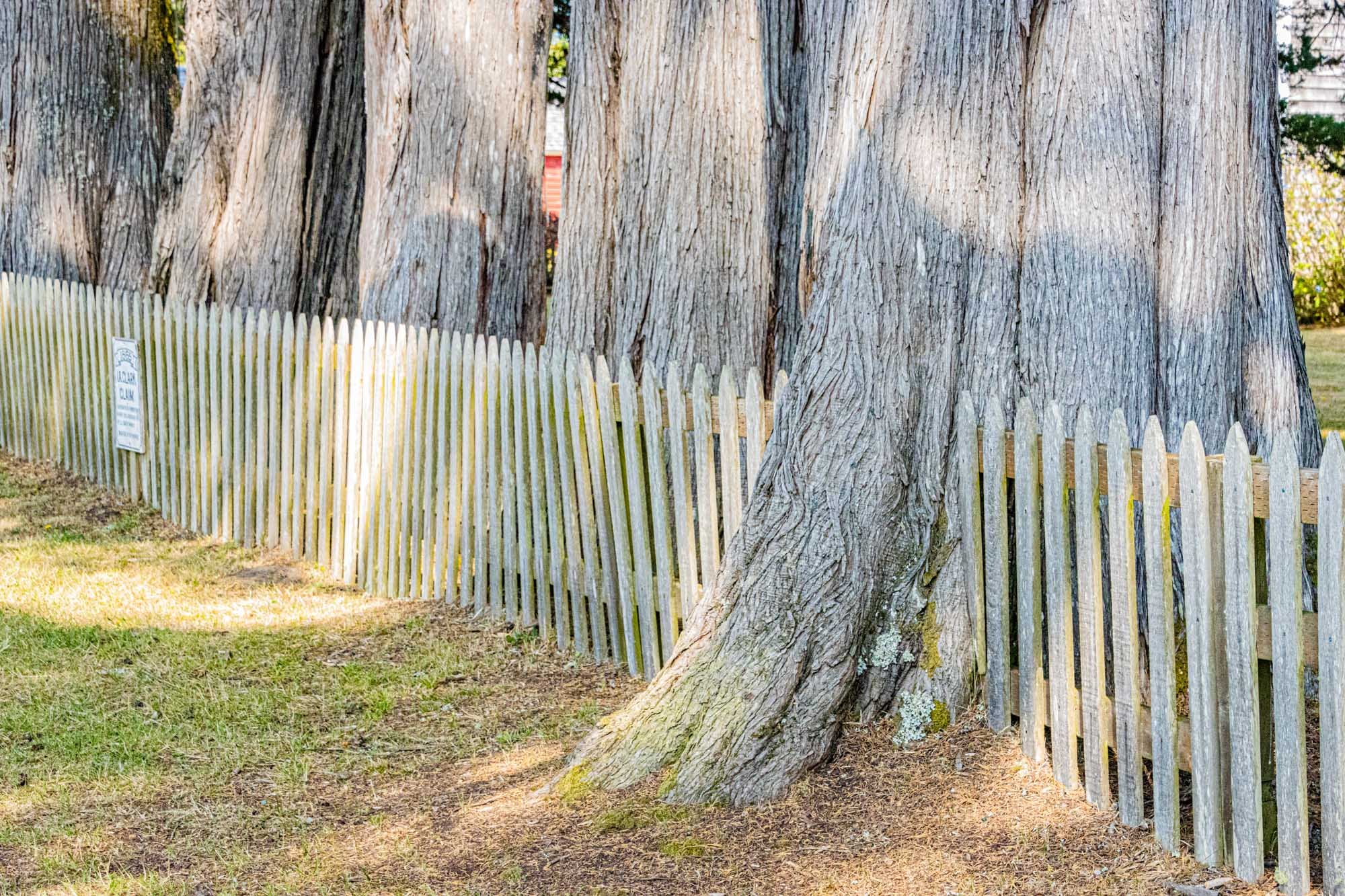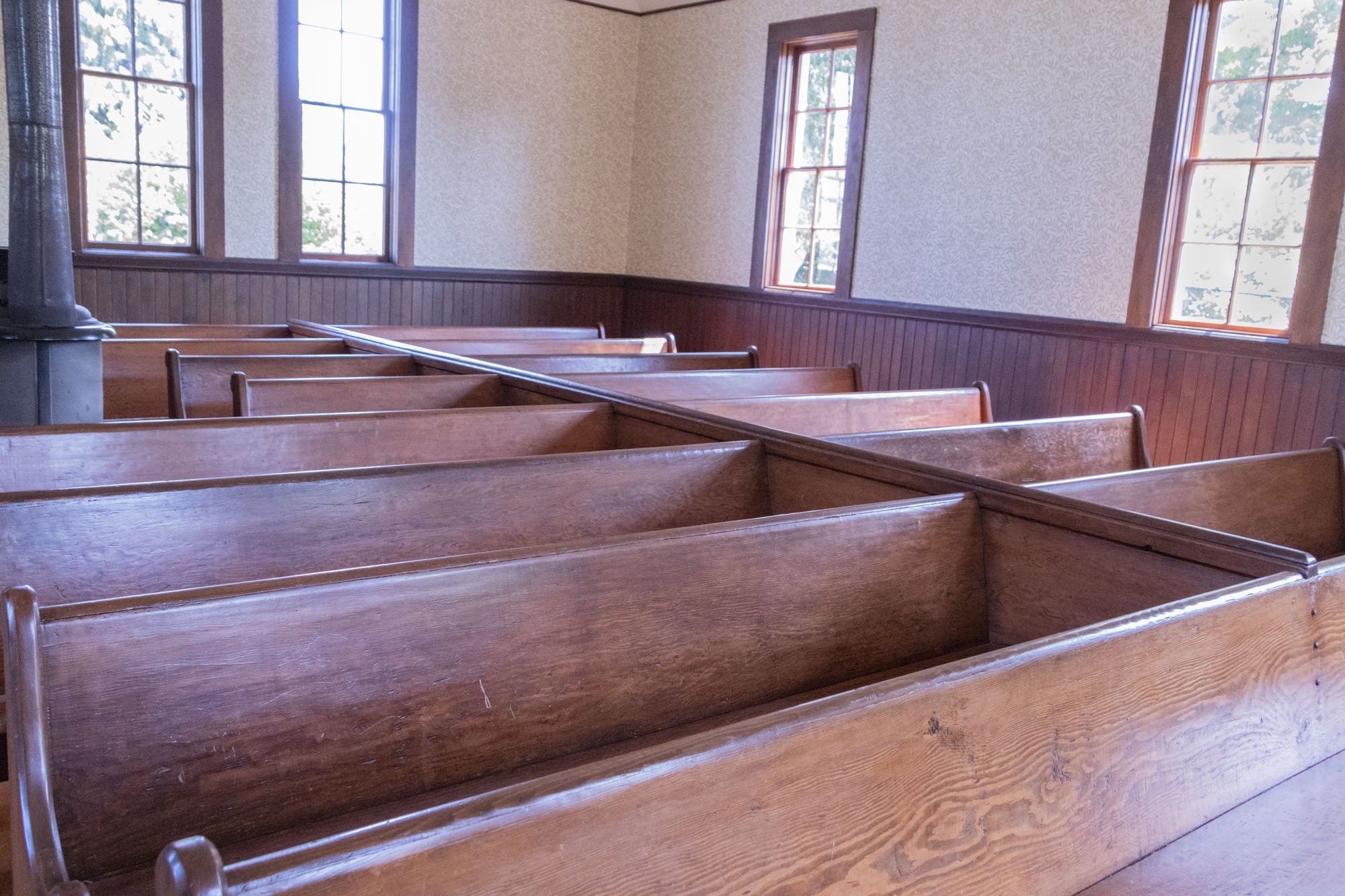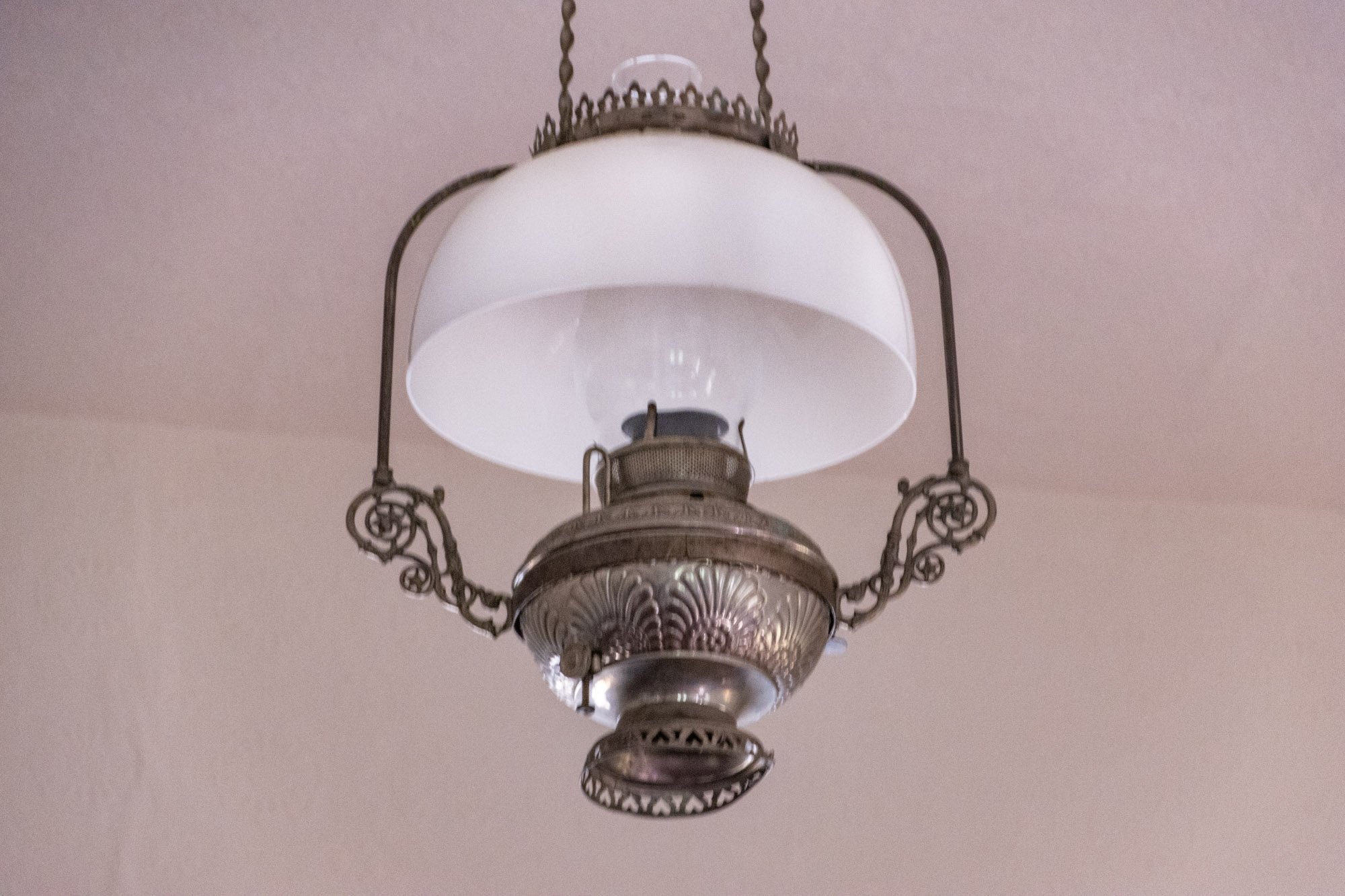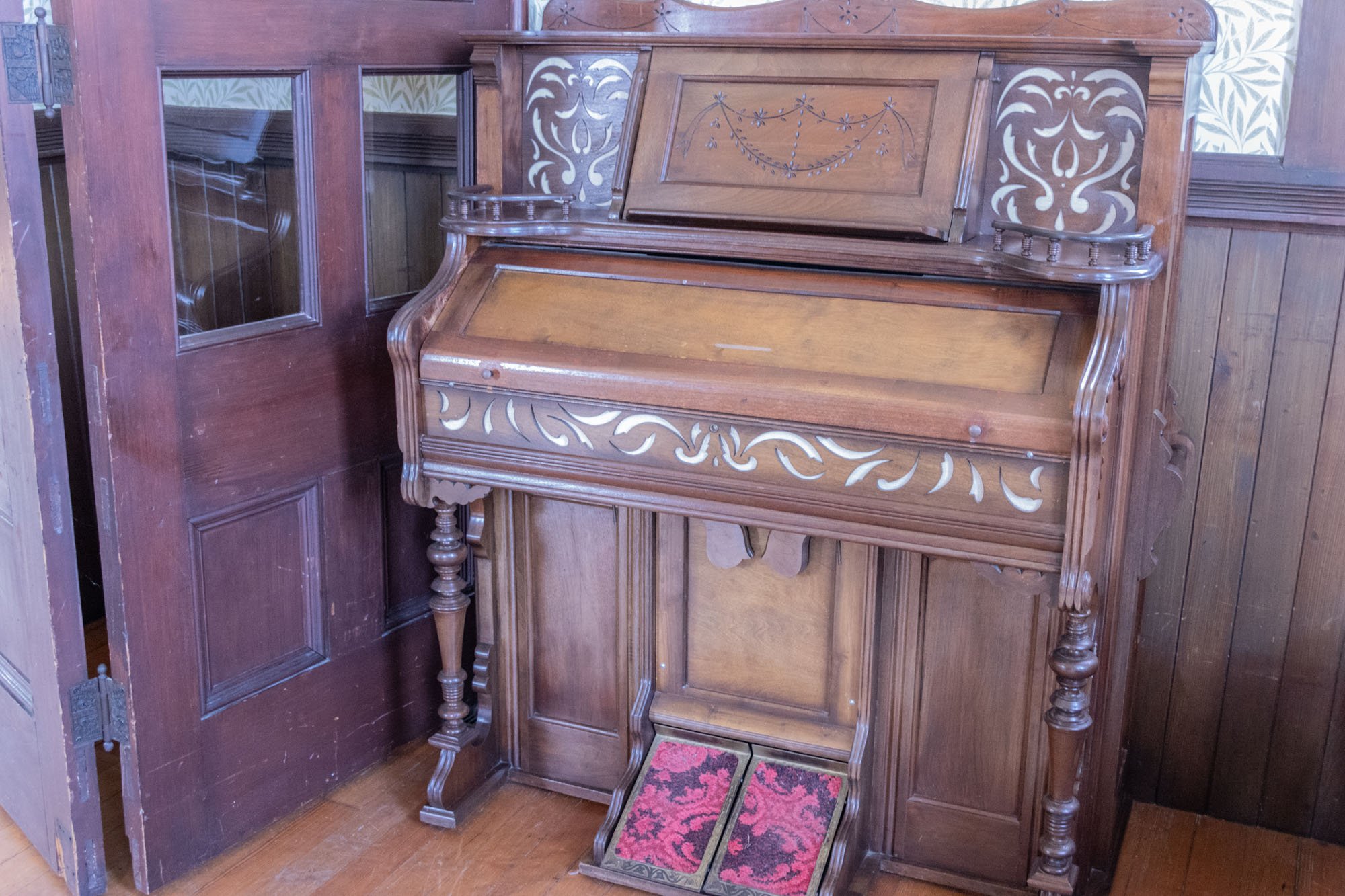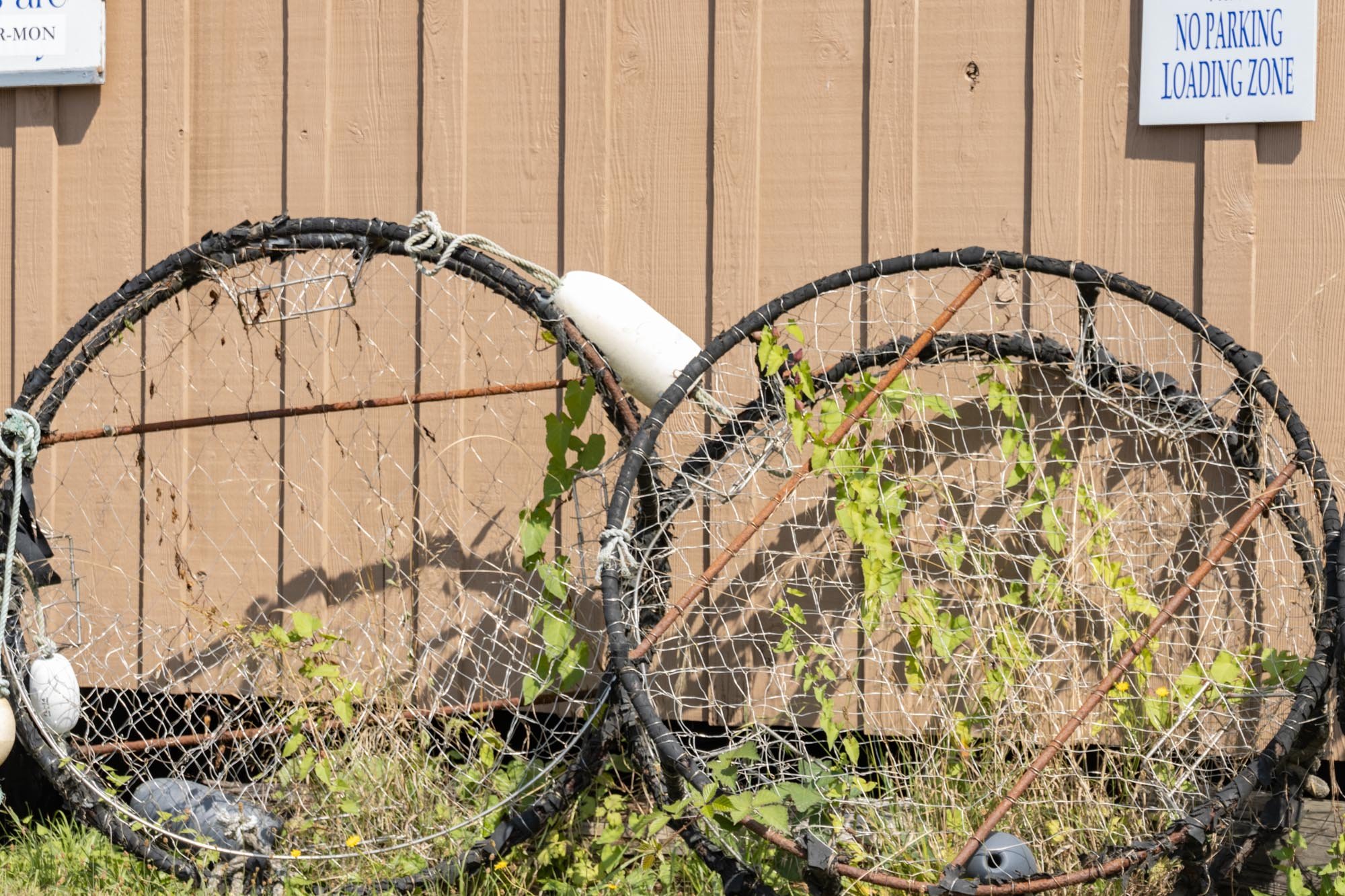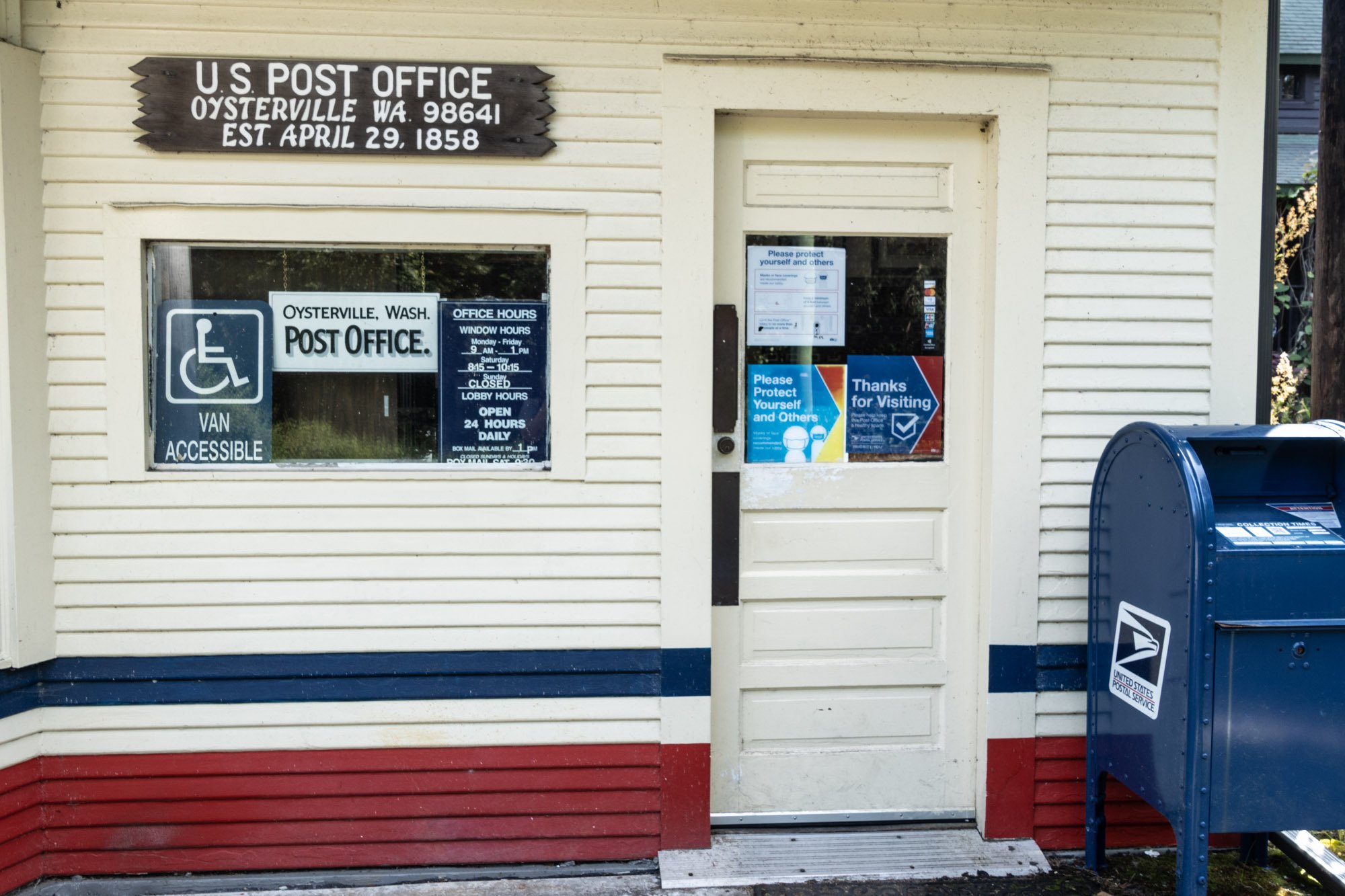Oysterville
There were great hopes for the town of Oysterville when Isaac A. Clark and R.H. Espy met with an Indian Chief named Nahcote. The Chinook people were there long before that meeting, and the town was actually first settled in 1841 by John Douglas, who married a Chinook woman and they set up housekeeping together.
It was Chinook Tribal Chief Nahcote who led Clark and Espy to the fertile oyster beds in Willapa Bay in 1854. Clark, who was from Wisconsin, and Espy from Pennsylvania established a company to ship the oysters to San Francisco via schooner to feed the hungry gold miners in San Francisco. Oysters helped the town build a thriving economy, and the town flourished. Ultimately both Espy and Clark both settled in the area and Clark formally established and named the town Oysterville. The Chinook Indian population assisted Espy build a log cabin where he lived until his house was built. Clark opened a store in Oysterville, and in 1858 he was appointed postmaster. He finally received his Donation Land Claim for his property in 1865. In its early days Oysterville was named the Pacific County seat.
To maintain the strong economy, rail transportation was essential to move the oysters, cranberries, and lumber to their final destinations. For over 40 years, a small railroad, the Clamshell Railroad, served the Long Beach Peninsula. It was a small connector railroad that ran between Ilwaco and Nahcotta, but it never made it all the way to Oysterville. In 1880, around the time the railroad was completed, the native oysters began to decline, and the Oysterville residents began to move away, looking for other places to earn their livelihood. It is said that the county seat was stolen by South Bend where the function still lives today. In the 1870’s the population of Oysterville peaked at about 900 people. Currently there are 12 full time residents.
The church was built in 1872 as a gift from R.H. Espy, one of the town’s founders, at a cost of $1500. The original pews, the old wood stove, the sturdy wooden doors, and the original organ still grace the building. The Oysterville Women’s Club paid $25 for the organ through the Sears and Roebuck catalogue. The church is open to the public daily and has vespers every Sunday during the summer. It and the original one room schoolhouse are still in use for community events.
There are only two businesses remaining in Oysterville. The post office is the longest running original post office in Washington State, established in 1858. Formerly run from private homes, the post office found its permanent residence at the east end of the local grocery store in 1919. The former cannery building houses Oysterville Sea Farms, and still sells fresh oysters and clams picked right from the tidelands. While the native oysters disappeared in the late 1800’s, the Pacific oysters were introduced to the area in the 1920’s. Oyster farming began again and now Willapa Bay contributes 10% of the nation’s oysters.
Oysterville was placed on the National Register of Historic Places in 1976. Walking down the streets today, you see the placards at each house, placed by the Daughters of the Pioneers, with the names of the original owners and the years they moved into their homes. Some of the houses still have members of the original families living there. When they were built, the fronts of homes on the east side of Territory Road faced east toward the bay. In some ways you feel like time stopped in the early 20th century.
Sydney Stevens, R.H. Espy’s granddaughter, lives in the original house her grandfather built, and has an active blog and several books about Oysterville. “In the 1890’s Major Espy had become concerned that the encroaching tidewaters of the bay were going to wash away ‘his town’. In an attempt to stave off impending disaster he had a one-mile-long fence of pilings built along the shoreline from Oysterville southward. A century later, the vestigial pilings were still visible, but the relentless tide continued to overflow its banks, especially during winter storms. Every few years a hurricane-force storm coincided with the highest tides of winter. Then the bay, driven by strong winds, would flood the meadows, lanes and gardens of the village”.
Espy’s fence did not hold and the bayshore continued to erode, causing most of the streets to literally disappear. Front Street which was built on pilings eventually fell into the bay, and the remaining streets (First, Second and Third Streets) were ultimate victims of erosion. Territory Street was then Fourth Street and it remains as the only north-south street in Oysterville. As access on the bay side was limited the front doors of the homes became the backdoors. What remains now where the streets were, are beautiful meadows of high grasses that require mowing several times each summer.
Some have called Oysterville a ghost town. But I found it to be a quiet and serene village where I’d like to stay for a couple of days, sitting on the bench in the meadow, facing the water, reading a good book.



